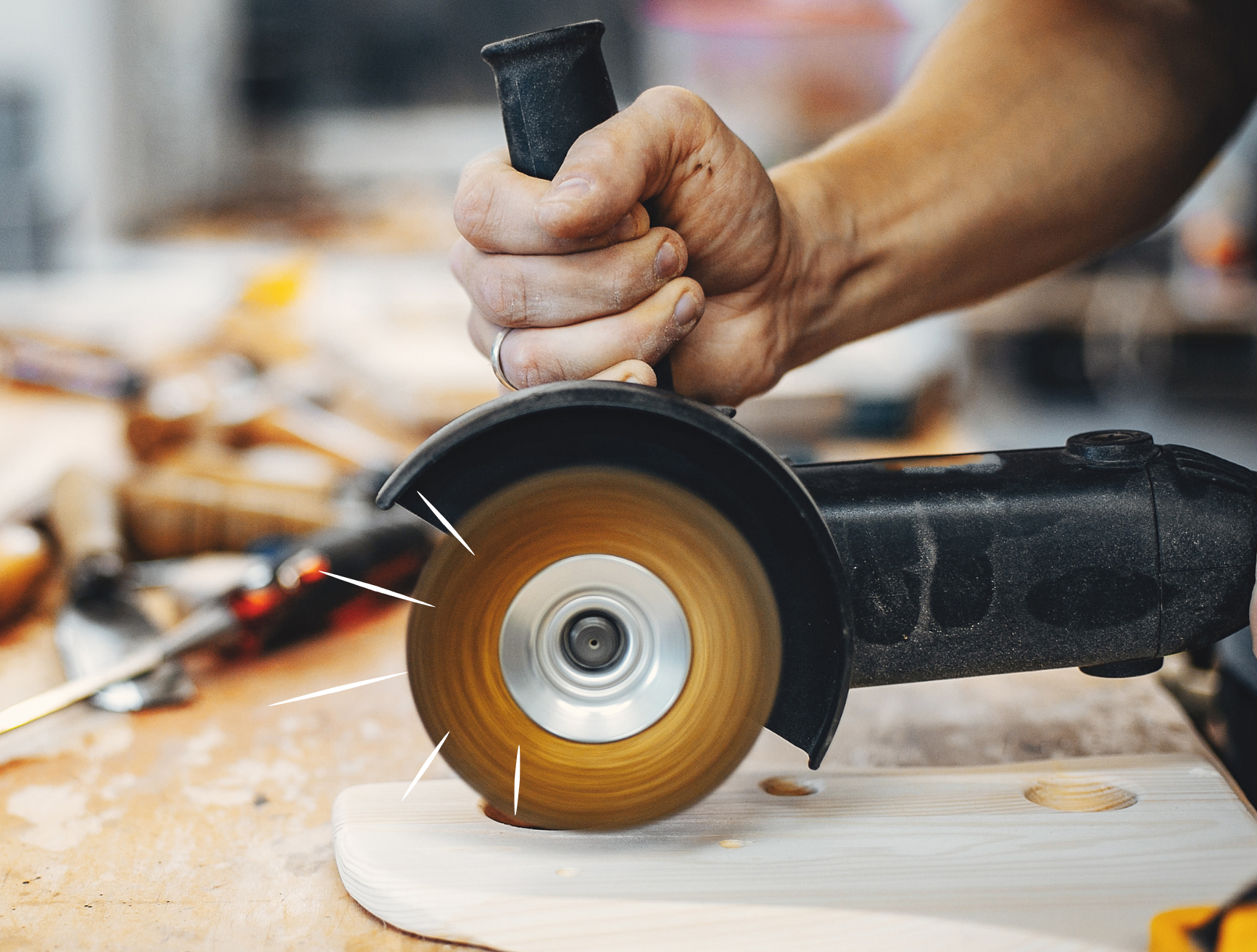
Angle Grinders: Discs, Power & Safe Control for Clean Results
Angle grinders handle metal, masonry, and garden hardware from quick cuts to surface prep. This guide explains disc types, sizes, RPM limits, and tool formats (corded vs cordless), plus control, safety and finish quality — без DIY-инструкций, только выбор и принцип работы.
Reading time: ~6–7 min
Category: Angle Grinders
Updated: Oct 2025
1) Disc sizes & maximum RPM
| Disc Ø | Typical grinder | Max disc RPM (guide) | Use |
|---|---|---|---|
| 115 mm | Compact, 600–800 W / 18V | ~13,300 | Tight spaces, thin cuts, light prep |
| 125 mm | General, 900–1200 W / 18V | ~12,200 | Balanced reach/speed; most common |
| 230 mm | Heavy, 2000+ W | ~6,600 | Deep masonry/steel cuts; two-handed control |
Never exceed the printed max RPM on the disc label. Match guard and flange to disc size — this is core to safety and cut quality.
2) Disc types: what to use and why
| Disc | Material focus | Strengths | Watch-outs |
|---|---|---|---|
| Cut-off (bonded) | Steel, rebar, bolts | Fast straight cuts | Prone to pinching; avoid side load |
| Grinding (bonded) | Steel edges/welds | Bevels, heavy removal | Rough finish; heat tint |
| Flap (abrasive) | Steel, alu, paint | Blends and deburrs; smoother | Wears; change grit as you finish |
| Diamond segmented | Masonry, concrete, slabs | Cooler cutting, long life | Dust; use extraction/respirator |
| Wire cup/brush | Rust/paint removal | Surface prep without cutting | Loose wires; eye/face protection |
3) Corded vs cordless: runtime, torque & brakes
- Cordless (18V/36V): mobility and quick jobs; modern packs + brushless motors deliver strong torque with electric brakes for faster stops.
- Corded (900–1500 W+): steady power for long grinding sessions; consider soft start and constant electronics.
- Large 230 mm: deep cuts in paving/blocks; needs two-handed grip and space awareness.
Tip: For outdoor paving work, pair a diamond blade with a wet suppression bottle or extraction to reduce dust.
4) Control & finish quality
- Let the abrasive do the work; excess pressure overheats discs and burns steel.
- Keep the wheel square to the cut; a wandering angle makes the slot snake and binds the disc.
- Step grits on flap discs (P60 → P80/120) for weld blending before paint.
- On diamond blades, steady feed prevents glazing; “dress” briefly on soft material if cut slows.
5) Safety snapshot: kickback & PPE
- Use guards, side handle, and correct flanges. Replace damaged discs immediately.
- Kickback happens when the disc binds; align work, support offcuts, and avoid twisting the tool.
- Wear goggles/face shield, ear protection, gloves, snug sleeves. No loose clothing.
- For masonry, use respirator (fine dust) and manage bystanders/wind direction.
6) Materials matrix (quick picks)
| Task | Recommended disc | Notes |
|---|---|---|
| Trim rusted bolt | 1.0–1.6 mm cut-off | Support work; let it cool between passes |
| Blend weld on gate | P60 → P120 flap | Feather edges; finish with primer |
| Slice paving slab | Diamond segmented 115/125 mm | Score then complete; dust control |
| Remove flaky paint | Wire cup/brush | Low pressure; expect flying wires |
| Bevel steel edge | Grinding wheel | Cool between passes to keep temper |
7) Troubleshooting
- Disc stalls/glazes: reduce feed; check disc type; “dress” diamond blade.
- Blue heat marks: lighten pressure; step to finer grit; cool the work.
- Wavy cut: re-mark line; stabilize work; keep wrist neutral and speed steady.
8) When to switch tools
- Need a straight long rip in timber? See Saws.
- Deep holes/anchors in concrete? See Rotary Hammers.
- Precise drilling in metal/wood? See Power Drills.
Related posts
Gravida feugiat nascetur adipiscing metus dolor a cum class curae cum consectetur vel in ut phasellus commodo vestibulum adipiscing nam fringilla scelerisque. Adipiscing odio ullamcorper. Continue reading
Gravida feugiat nascetur adipiscing metus dolor a cum class curae cum consectetur vel in ut phasellus commodo vestibulum adipiscing nam fringilla scelerisque. Adipiscing odio ullamcorper. Continue reading
Gravida feugiat nascetur adipiscing metus dolor a cum class curae cum consectetur vel in ut phasellus commodo vestibulum adipiscing nam fringilla scelerisque. Adipiscing odio ullamcorper. Continue reading
Gravida feugiat nascetur adipiscing metus dolor a cum class curae cum consectetur vel in ut phasellus commodo vestibulum adipiscing nam fringilla scelerisque. Adipiscing odio ullamcorper. Continue reading
Gravida feugiat nascetur adipiscing metus dolor a cum class curae cum consectetur vel in ut phasellus commodo vestibulum adipiscing nam fringilla scelerisque. Adipiscing odio ullamcorper. Continue reading

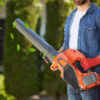
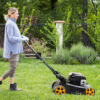
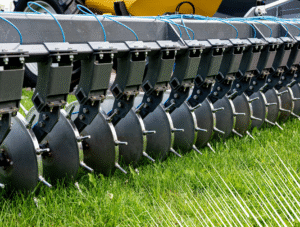
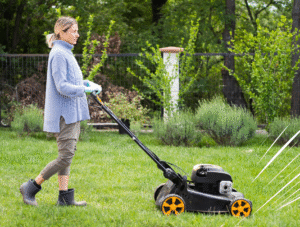
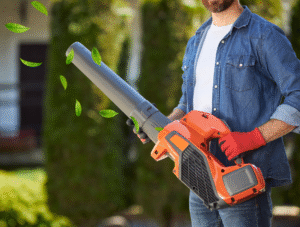
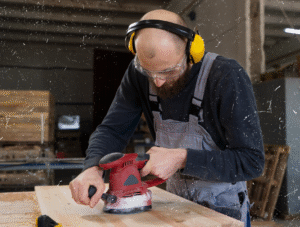
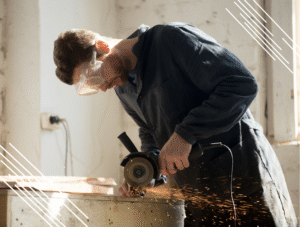
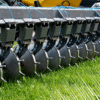
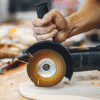
Add comment